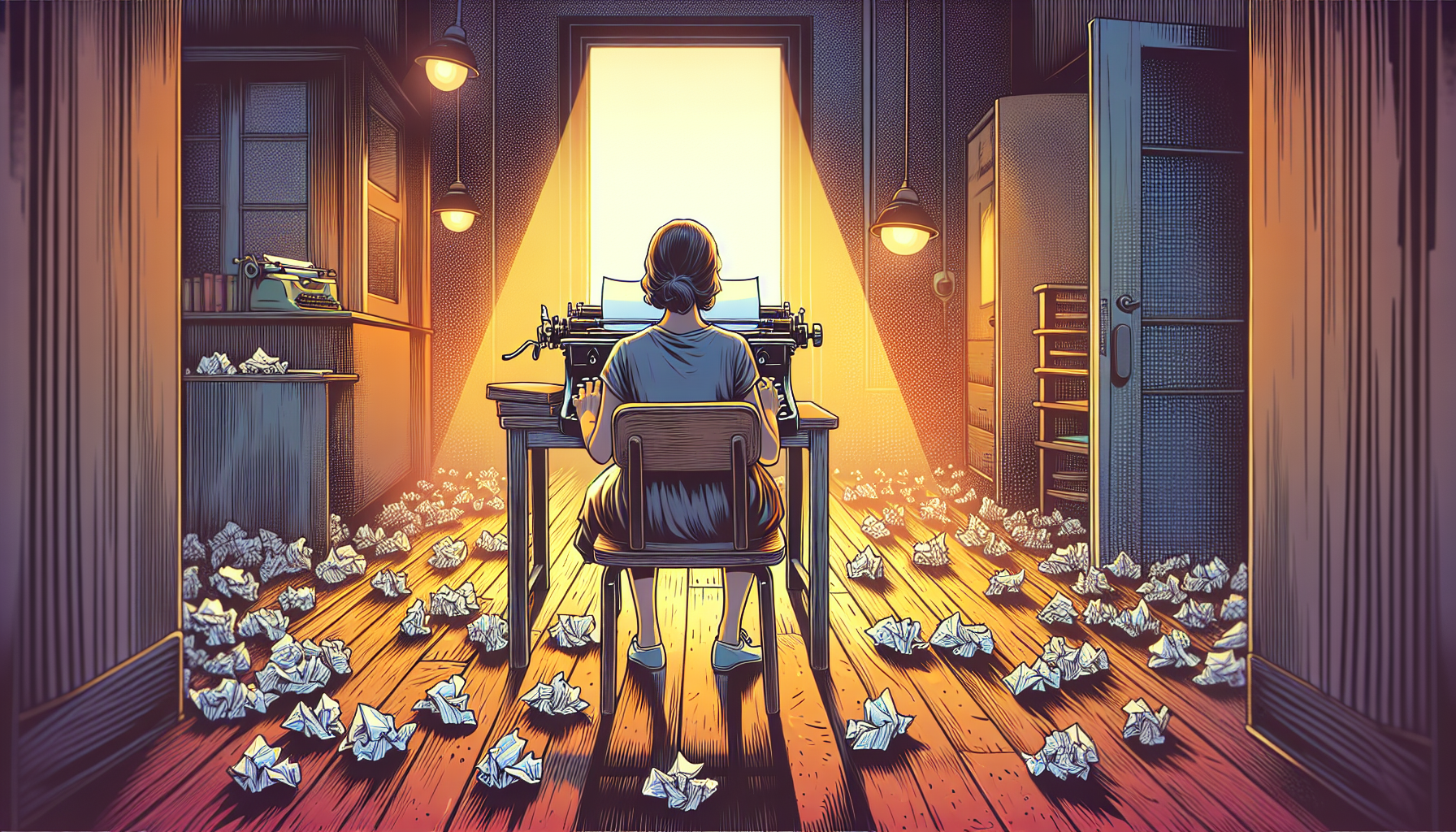
Welcome to the Dramatic World of Screenplay Writing!
So, you’ve decided to embark on the soul-stirring, coffee-consuming quest of crafting a drama screenplay? Buckle up, buttercup. You’re about to dive headfirst into the emotional Olympics, where the pen is mightier than the sword and equally likely to draw blood, sweat, and tears. And possibly ink stains. Definitely ink stains.
Understanding the Essence of Drama
Before you start typing away like Shakespeare on a deadline, it’s crucial to grasp what drama really is. Drama, dear aspiring screenwriter, is conflict. It’s every It’s not you, it’s me and every I am your father moment, wrapped up with a bow made of raw human emotion. It’s life, amplified with a soundtrack. Drama in screenwriting is crafting stories that tug at the heartstrings, punch the gut, and sometimes, deliver a slap to the psyche. And your job is to orchestrate this beautiful chaos.
The Structural Symphony
Every drama screenplay follows a structure, much like every great symphony follows a score. Think of the three-act structure as the holy trinity of screenplay writing. Act One: The Setup, where you introduce your characters and the conflict that invades their world. Act Two: The Confrontation, which involves a deep dive into the conflict, escalating tensions, and setting up for the grand finale. And finally, Act Three: The Resolution, where the conflict reaches its climax and resolves, leaving your audience emotionally spent and reaching for the nearest tissue box.
Character Is King (or Queen)
Remember, in drama, character depth is non-negotiable. Your characters are the soul of your story. Without them, you have no story, just a series of events. Your protagonist should have desires, fears, flaws, and a quirky habit or two, making them as real as the person sitting next to you while you’re scribbling ideas in your favorite coffee shop. And let’s not forget the antagonist, the yin to your protagonist’s yang, the thorn in their side, driving the conflict forward with their own compelling motivations and snazzy villain monologues.
Dialogue: The Heartbeat of Drama
The power of dialogue in a drama cannot be overstated. It’s the vehicle through which your characters’ inner worlds crash into each other, creating those juicy, memorable moments that audiences live for. But beware, for the road to cringe-worthy dialogue is paved with good intentions. Keep it real. Keep it sharp. Imagine your dialogue as a tennis match where every line serves the ball back with more spin, making every exchange a riveting rally for the audience’s attention.
Embracing the Emotional Rollercoaster
Writing a drama screenplay is akin to being strapped into an emotional rollercoaster—blindfolded. There will be exhilarating highs, terrifying drops, and that weird part where you’re not sure if you’re upside down or right side up. Embrace it. Let your characters lead the way, even when they take you down the path less traveled, through the dark woods of human complexity and out into the open, where the raw essence of your story shines brightest.
The Rewrite: Where the Magic Happens
First drafts are like newborn vampires: a bit messy, but with a lot of potential. The real magic happens during rewrites. This is where you sharpen your dialogue, deepen your characters, tighten your plot, and maybe cry a little. It’s all part of the process. Approach your rewrites with a mix of surgical precision and the unbridled joy of a toddler at a cake smash. It’s hard, rewarding work that elevates your screenplay from good to Can someone please get this to Meryl Streep?
And there you have it, dear scribe: a beginner’s guide to crafting a drama screenplay. Remember, every big name in screenwriting started where you are now. So refill that coffee, crack those knuckles, and get ready to pour your soul onto the page. The world of drama awaits, and it’s got your name written all over it – in bold, dramatic letters, naturally.






